Stung from previous election losses, the ALP is at pains to deny that it will introduce a carbon tax. The Coalition is trying to claim a Labor government would do so.
That aside, both sides are seeking to marginalise environmental issues and their all-important impact on the economy. Many on the government side believe the Matt Kean dogma that there is an inevitable ‘transition’ away from coal, while others feel obliged to murmur assent in the face of popular support for that same view, funded as it is by subsidy-dependent renewable energy interests.
In fact, we already have carbon taxes and an ALP government would increase them.
Existing carbon taxes come in two forms:
- First, there are requirements on retailers to incorporate increasing shares of wind/solar into electricity supplies, increasingly this is augmented by the building of additional electricity transmission to cater for the dispersed and variable supplies of wind and solar. The costs of these and other regulatory market interventions are passed on to customers.
- Secondly, there are taxes that fund direct grants and soft loans to wind and solar through agencies like the Clean Energy Finance Corporation to wind and solar farms.
The government no longer publicises the extent of these imposts on electricity consumers and taxpayers, but they come to about $7 billion a year. This gives wind and solar double the price which coal receives and it is this that is driving coal out of the market.
The ALP outsourced the development of its own energy policy to renewable energy interests. They produced a report, Powering Australia, which proposed increased support for renewables. Primarily this comes in two forms:
- Weaponising the current ‘safeguard mechanism’ to provide what it describes as, ‘a stronger signal’. This will require the top 215 emitting facilities to reduce their emissions by 5 per cent a year.
- Giving grants and soft loans of $20 billion to attract a further estimated $58 billion of private capital to build transmission lines.
Powering Australia incorporated phoney modelling, which conjures up benefits from spending money and imposing new regulatory costs to replace low cost, reliable coal-generated electricity with high-cost, unreliable wind and solar.
The first arm of the policy is already crumbling. Some in the ALP, seeing electoral dangers in further penalising coal mines, are saying these (which comprise 15 of the 215 high emitting facilities) will be exempt. Shadow energy minister, Chris Bowen, has suggested there could be ‘tailored’ plans for each facility depending on their exposure to foreign competition.
Even so, in support of the plan, Mr Albanese said ‘the market’ is choosing wind and solar, which, he said, demonstrates that wind and solar is cheaper; apparently, nobody told him about the subsidised price wind and solar receives. And he cites the plan’s modelling to claim that its measures will bring electricity bills down by an average $225 (15 per cent) as early as 2025.
The projected cost ($78 billion) of transmission to ‘rewire Australia’ under the ALP scheme is staggering. It is nearly four times the current $21 billion asset value of the existing National Market’s transmission network (which excludes Western Australia). Angus Taylor plausibly says that with interest payments, depreciation and other costs this comes $560 per year on bills.
Taylor’s detractors claim he has not provided any ‘modelling’ to support his numbers.
That’s because they are self-evident.
The additional $78 billion on transmission to support the delivery of solar and wind renewable energy to electricity markets must obtain a return. To be conservative, the lowest this could be is 3 per cent or $2.3 billion a year (Powerlink, Queensland’s government-owned transmission business obtains a 4 per cent return); based on the current networks, average operational costs would add another $3 billion a year and depreciation – even assuming a 40-year life – comes to a further $2 billion. So that means a highly conservative annual cost of $7.3 billion, more than doubling the current $6.9 billion a year for existing subsidies to wind and solar.
On top of all these costs, if the ‘energy transition’ proceeds, upwards of $200 billion in wind/solar and backup storage must be found. And all of this is to give us a less reliable system that supplies electricity at twice the price of the one which government policies are dismantling.
Globally, the realities of western economies’ vulnerabilities to eradicating stable coal, nuclear, and gas from the energy supply are still not fully evident in spite of the war in Ukraine. Although France is returning to nuclear, Germany is doubling down on renewables while the UK and America are making only cautious steps in reversing the hostility to fossil fuels.
The debate is vastly different in fast-growing economies like China and India as well as in Russia, which to improve its own export potential has financed much of the opposition to hydrocarbon developments in Europe and America.
In Australia, though ministers panic when every major coal-fired station’s closure is announced, with a time horizon stretching no further than the next election, anything beyond 2025 is a century away.
Got something to add? Join the discussion and comment below.
Get 10 issues for just $10
Subscribe to The Spectator Australia today for the next 10 magazine issues, plus full online access, for just $10.

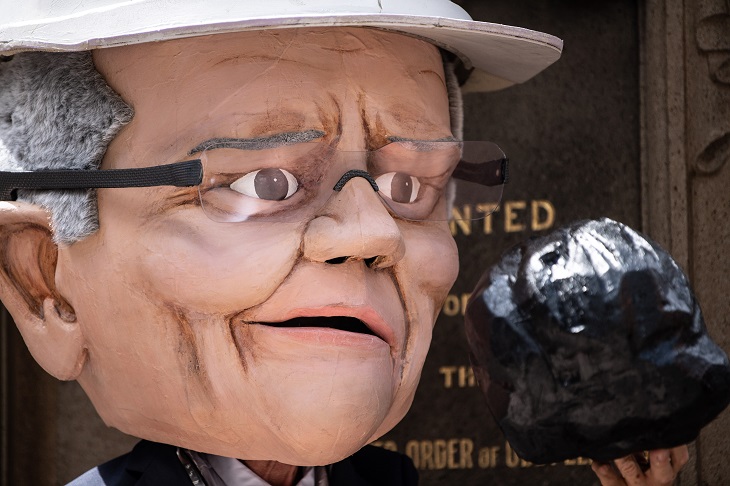
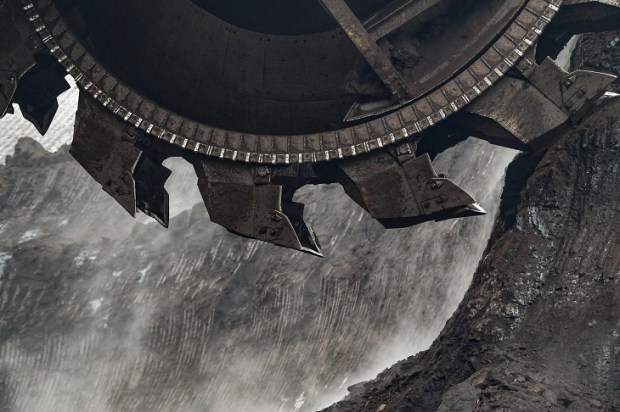

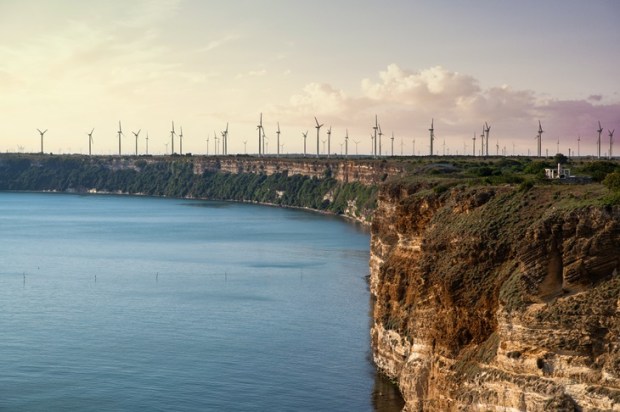
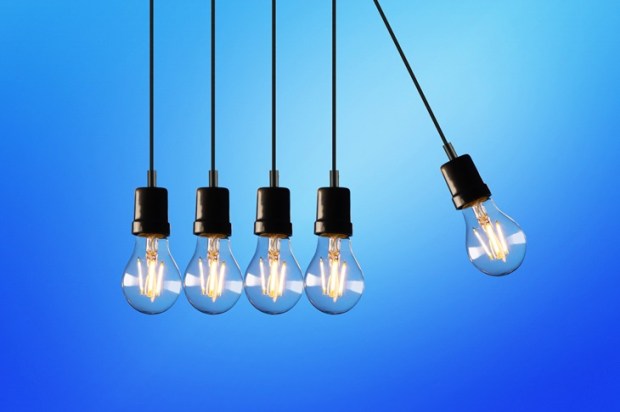
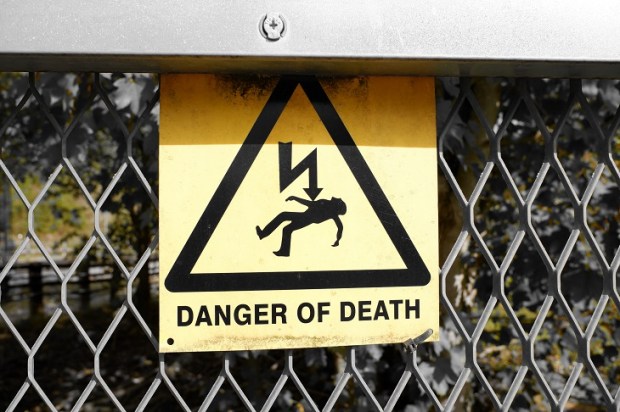
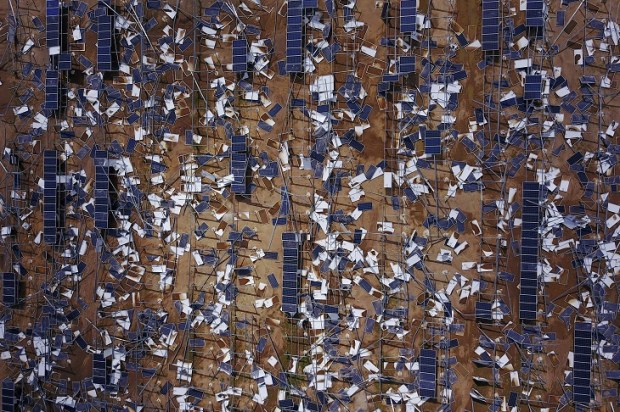


















Comments
Don't miss out
Join the conversation with other Spectator Australia readers. Subscribe to leave a comment.
SUBSCRIBEAlready a subscriber? Log in